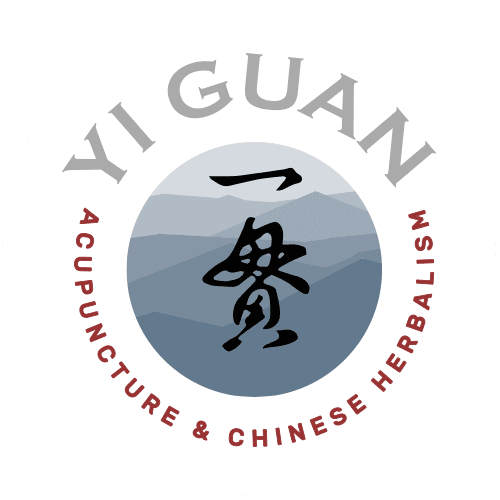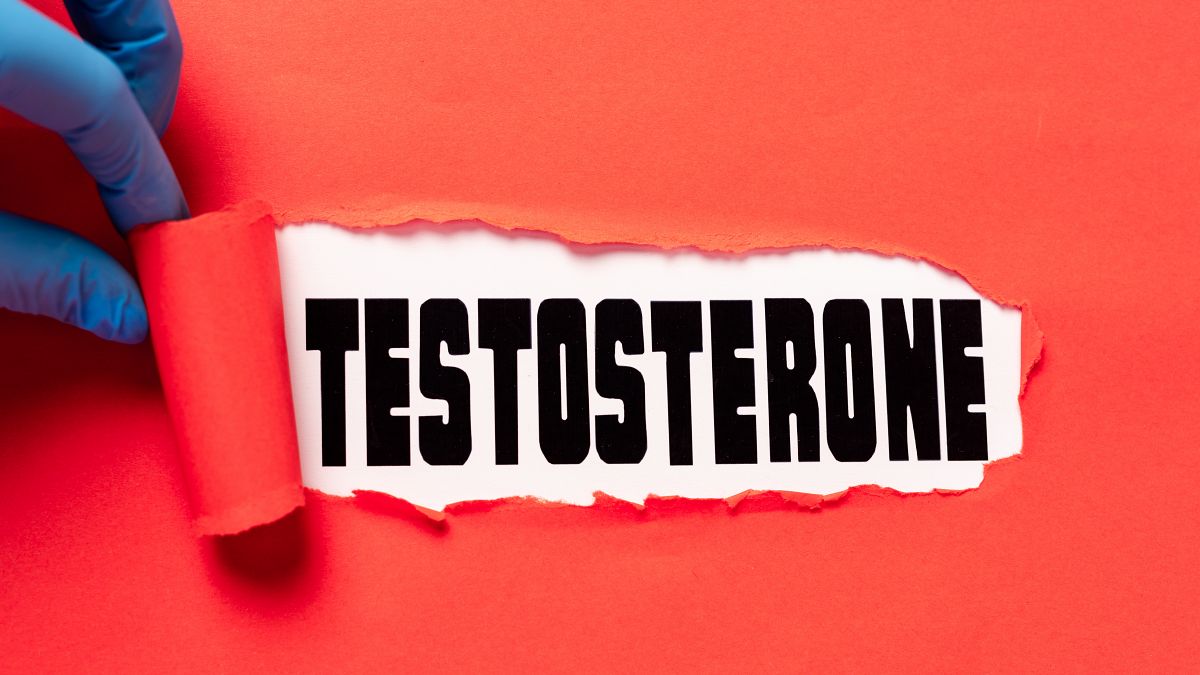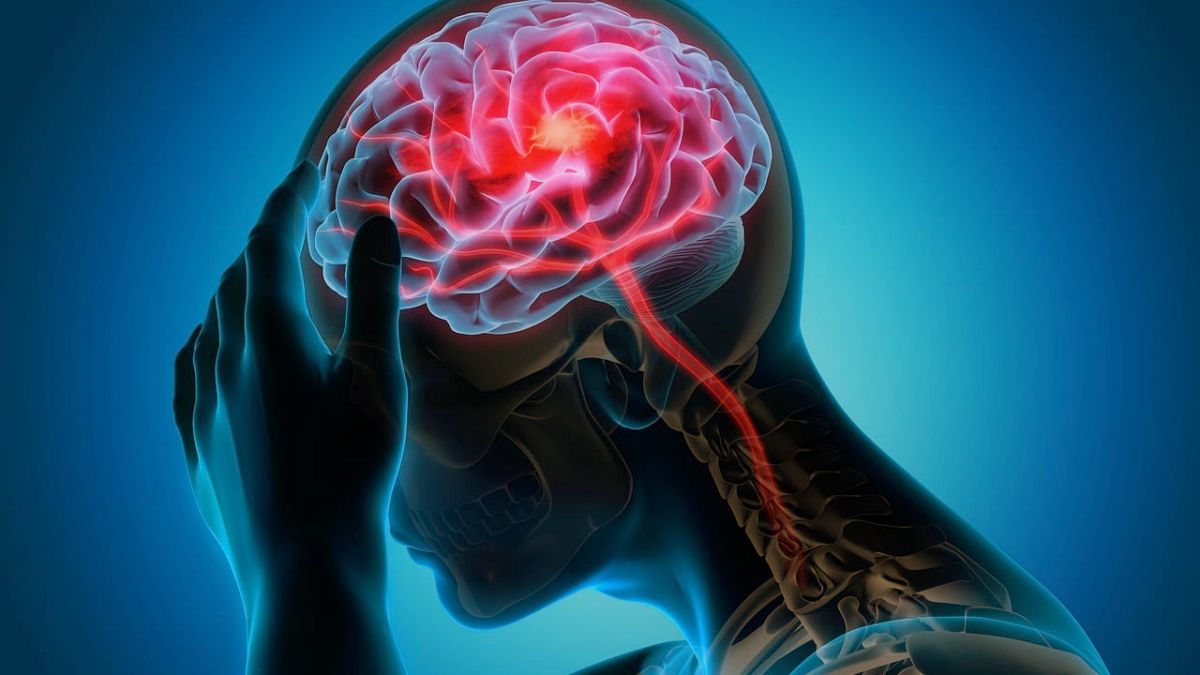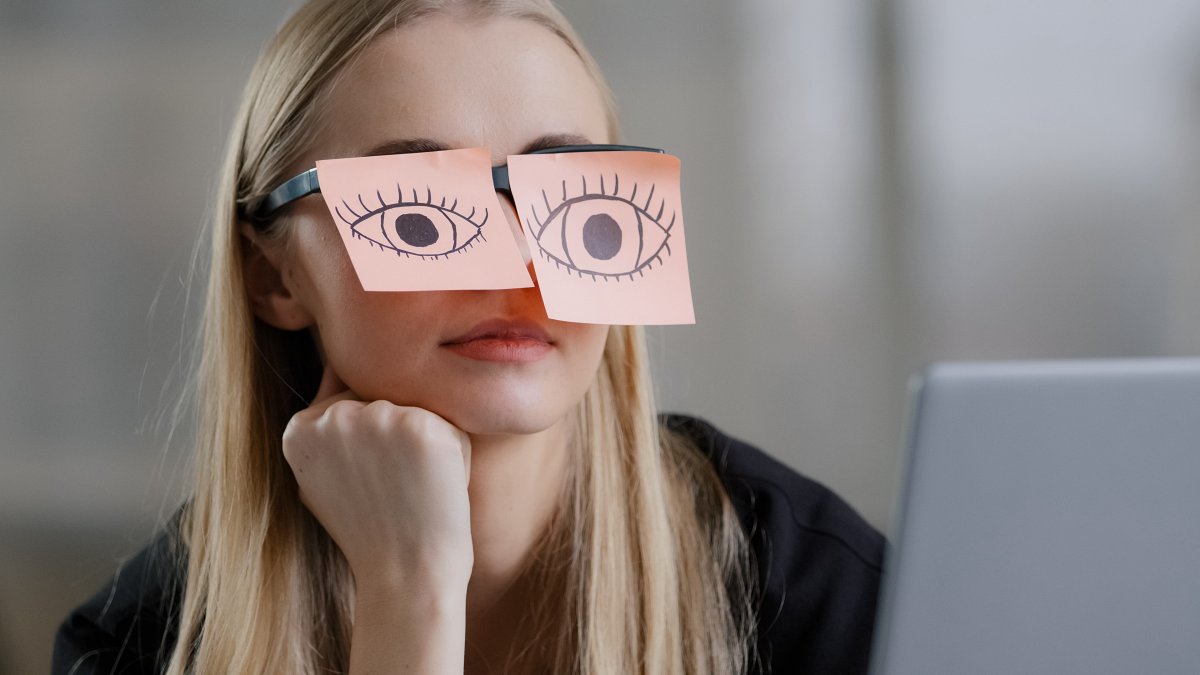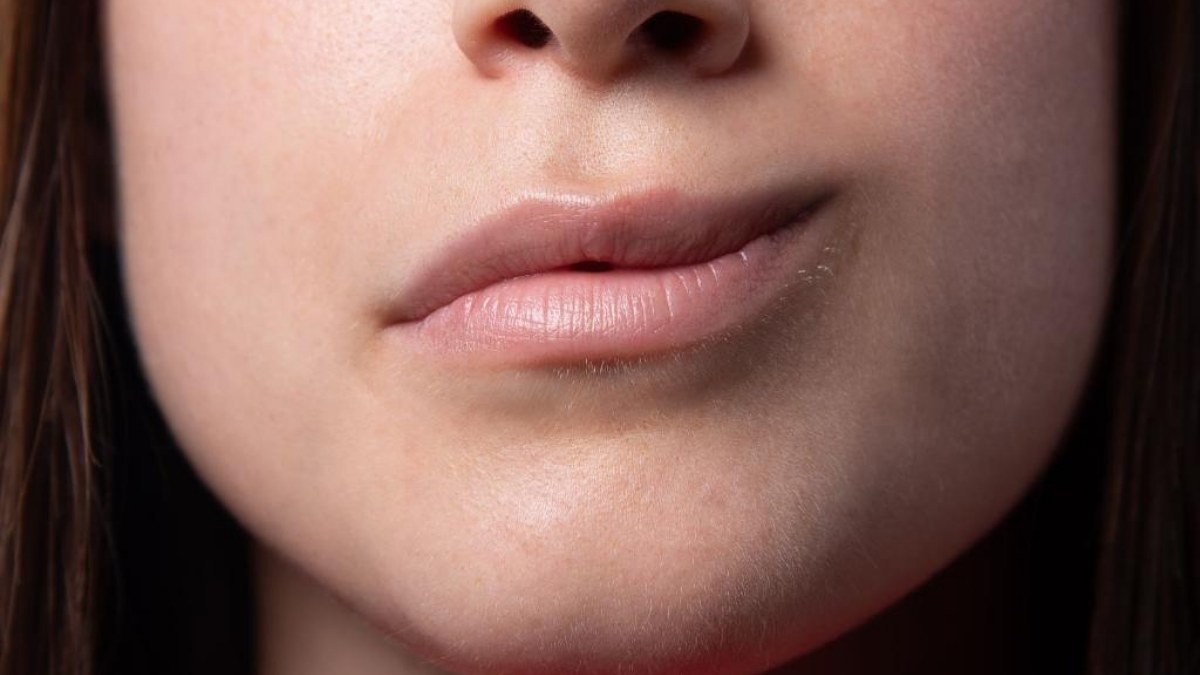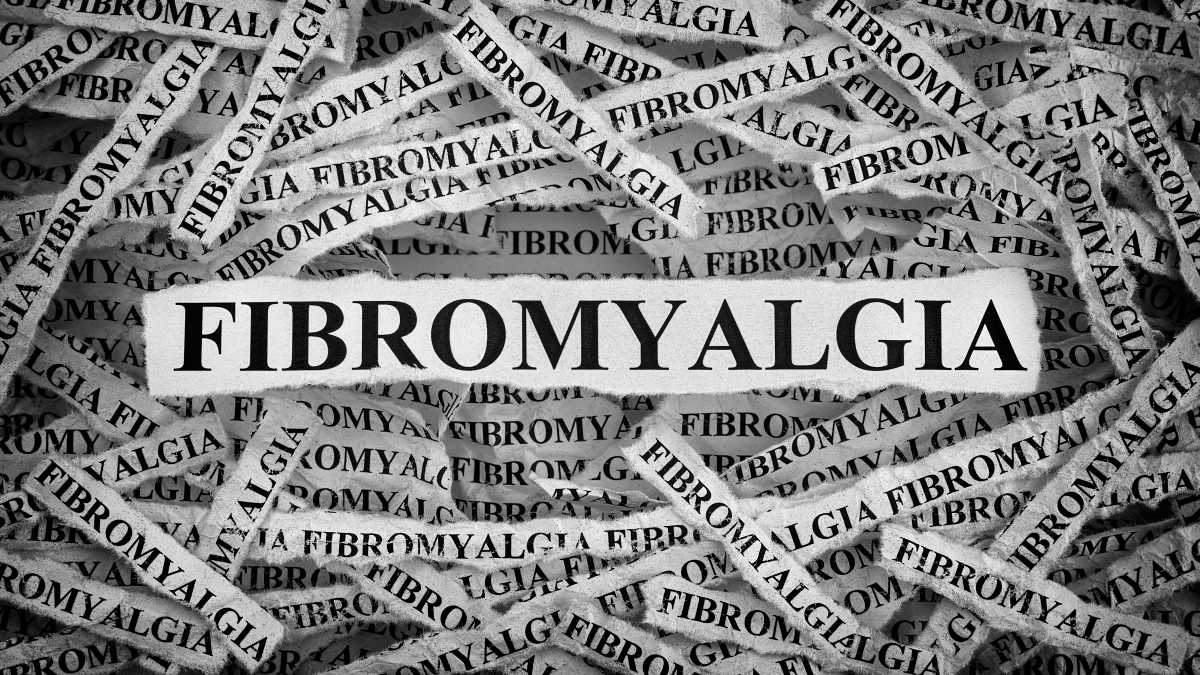Different Methods of Diagnosis
Eastern and Western medicine differ at their core. As discussed previously it boils down to “fix what is broken” versus “harmonize what is unbalanced”. This affects the method of Western versus Chinese medical diagnosis. This difference can be summed up as ‘following a path’ versus ‘finding a pattern’. Western medical diagnosis tends to use a flow chart or algorithm. One follows a path of ‘if yes then follow this path if no then follow that path’ through several rounds of tests or studies until an end of the path is reached. This finds a definitive singular answer and the proper treatment is then selected to fix that specific problem.
Pattern Recognition
The main method of Chinese medical diagnosis is symptom pattern recognition. A series of questions are asked going through each of the patient’s constitutional systems. The overall pattern of positive and negative symptoms paints a holistic picture of what might be happening within the body. The treatment principle is not to find the one thing that will undo or repair a singular problem. The strategy is to use acupoints, herbs, and mind-body exercises to move the patterns in reverse and restore the body to balance.
Addressing the Right Pattern
This is why it’s not always easy to equate a Western disease to an Eastern one. Not without the very important translation step first. For example, there is no such thing as hypertension in Chinese medicine. It is not to say that the ancient Chinese patient didn’t have hypertension. Or that classical Chinese physicians can’t identify it or treat it. Whatever the patient was feeling and whatever was causing it was discovered not as the diagnosis of hypertension, but as a recognizable pattern of their symptoms. Doing it this way, hypertension could end up being categorized as one of any number patterns. The Eastern physician addresses that pattern, not hypertension. And if all goes as it should, the patient should notice an alleviation of the symptoms of hypertension even though it was never specifically treated.
Use the Right Tool for the Right Problem
On the one hand, it’s a powerful thing to know a disease down to its very molecule and then create its exact antidote in a lab. In some cases, this is really the only way to address the problem. But on the other hand, using a method that can identify imbalances and correct them, even if the cause of the imbalance is not fully known, might be the best way to do it. At Yi Guan Acupuncture and Chinese Herbalism, we are dedicated to finding the right tool for you and restoring health and balance to your life.
Who is Dr. Perez?
Dr. Dan Perez is both a Western-trained physician and a graduate of the AOMA Graduate School of Integrative Medicine. Based in Austin, Texas, AOMA is recognized as one of the leading schools in Chinese Medicine. Being both an expert in Western medicine and Chinese medicine, Dr. Perez offers his patients natural, minimally invasive and integrative medical options for treating a variety of chronic medical conditions.
